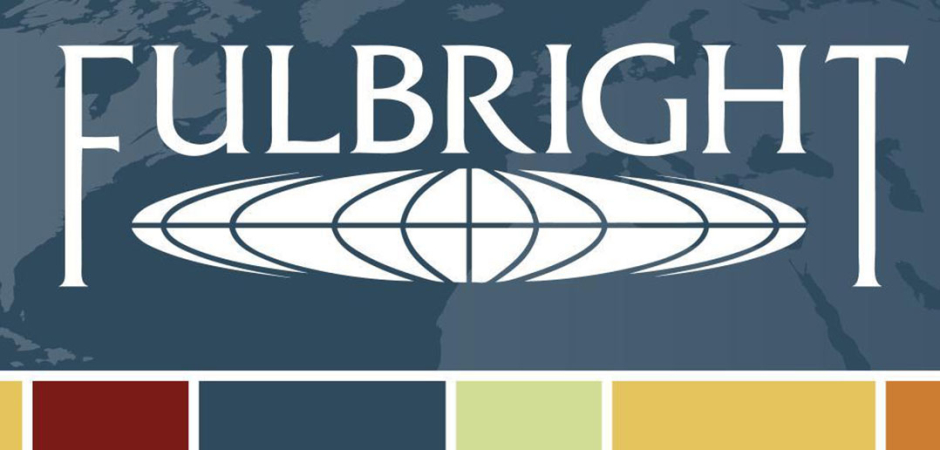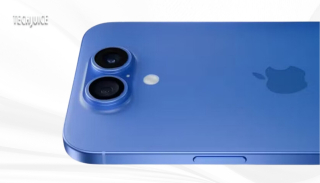Writing down your personal statement is one of the most challenging, yet vital elements of applying for Fulbright admissions abroad. I faced a very puzzling situation when I was applying for the Fulbright scholarship program last year. I did a lot of homework; I had to talk to my professors, seek guidance from my seniors and still, had to google a lot, which was a very time-consuming task. However, to save your time and to share with you what I learnt from my peers, I am glad to put forward a few essential guidelines which can save your life and time.
So, here we go:
1. Choose your course wisely:
Before you pen down your personal statement, explore the university website carefully. This means to brain storm through what you want to do in the future. Take out some time and go through the course catalog and identify the relevance to your previous degree. A handy advice: make sure that for Graduate studies, opt for the field you LOVE.
2. Motivation for the career path:
Once the research is over, which may take a few days, start your Personal Statement/Statement of Purpose with an introductory paragraph introducing why you chose the particular field of studies giving an outline of your previous academic and personal background. I call this the motivation; the driving force the inspiration which helps you move forward. This first paragraph should reflect your passion to pursue your particular choice of career i.e. engineering, management etc.
Here is an example worth looking at,
“Hailing from the underdeveloped area of the beautiful region of Pakistan, I am Ashfaq. Swat is badly influenced by annual inundation of floods and by militant dominance. However, both these drawbacks have not shaken my resolve. My motivation further ignites with the fact that knowledge can change the face of generations. My parents hardly finished middle school. This was common to the area however being blessed (as I consider myself to cross a juncture such as this), the benefits of attaining higher education was engrained in my sub-conscious mind and rightly so, today with pride I am competing for a coveted scholarship…”
3. Background:
Let’s move to the second paragraph now. Here, write down your family background and link it to your career path. You also need to tell your academic degrees in this paragraph, the outstanding awards and achievements, your projects, the major courses you took during under graduate studies and a summary of the final year project. Also, highlight your past work experience. This may include internships, teaching assistant-ship, full time or part time jobs, volunteer work etc. Just write down everything impressive you have done for past few years.
This is where you have got to impress the selection committee that you are the perfect candidate for the program.
4. State what you are doing now:
Sailing forward, the third paragraph should highlight your current activities i.e. it should briefly explain what you are working on these days, journey of accomplishment of your goals, your learning so far. You can also include examples of how you handled different projects during your job and the significance of your current role at job place.
5. Future:
Towards the end of your statement (and we can say this to be the fourth paragraph), clearly define your future plans i.e. your plans to work in USA or Pakistan, what you have thought about this so far and how you wish to accomplish this. It should cover your:
- Short term plans; immediately after your degree up to 1 year.
- Long term plans; 3 to 5 years after you graduate.
6. Action Items:
The last paragraph covers the most important points. It should reflect why you should be chosen for the scholarship program, why studying in USA is so important for your career and the solid reasons you are applying for funding.
Also include the university’s importance here i.e. why this university is your first choice, the remarkable research done at the University, the Alumni significance, average salaries and job placements of the past students immediately after graduation. This paragraph helps the selection committee decide why this particular university is perfect for you.
7. Standard template:
While the above five paragraphs can be grouped together in an essay to create a template; it is still advised to be content with your research on personal statement(s) as well.
8. Revision:
Read your personal statement thoroughly at least thrice. Do not draft it down in one sitting. Take some breaks and read it the next day to see how you can make it better.
9. Mentors:
Ask somebody experienced to review your letter and guide you. You can seek help from your seniors, professors or a best friend who has expert writing skills. This the time to call out to your bestie!
10. Grammatical mistakes:
Make sure there are no grammatical or spelling mistakes. If you google ‘GRAMMARLY’ and download the basic version of it on Google Chrome, you may pass your draft through GRAMMARLY. You will be surprised with what GRAMMARLY picks up as mistakes.
Any such mistake/overlook is a red flag for the selection committee. It might give an impression that you are not very serious for the scholarship. One further word of advise would be to pass your final draft through a Plagiarism Checker. Try smallseotools or plagiarismsoftware. Just to be on the safe side =) !
Towards your final draft, try to do as much a power writing as possible. Power Writing includes some of the following aspects: Awesome Punctuation; Stellar Vocabulary; No Spelling mishaps; Excellent use of Transitions; Compelling Word choice; Diversified Sentence Structure; Stick to Word Limit; Spacing; Paragraphing.
So this is all from my side. Good luck peeps! Will be glad to hear from you guys. If you have any questions, feel free to write them down below












